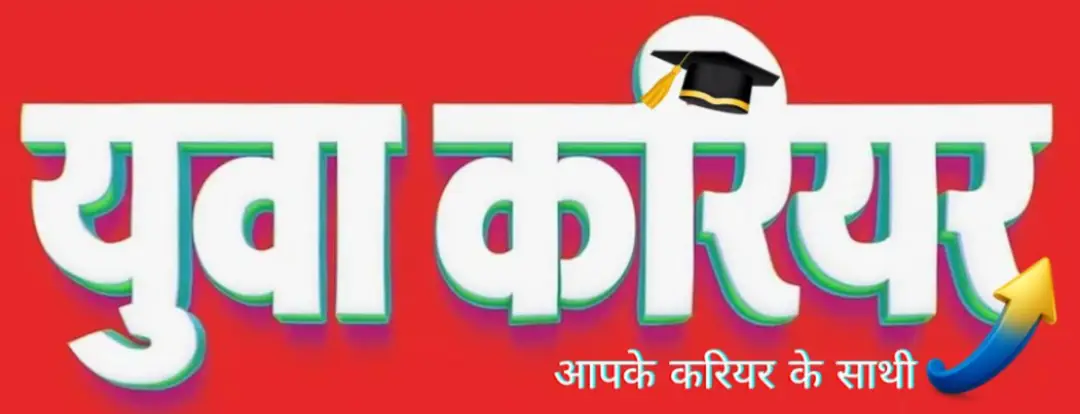It has been two months since the Tamil Nadu School Education Department introduced physical education textbooks for Classes 6 to 12, but students in government and government-aided schools are still waiting to receive printed copies. Teachers across the state have urged the department to speed up the printing and distribution process, warning that delays could affect students’ preparation for the ongoing academic year. Though the PDF versions of the books are available online, teachers say students need physical copies to properly understand and practice lessons.
I am writing about this issue because it highlights the challenges faced by students in accessing basic educational materials, even after significant policy changes. The introduction of physical education textbooks after nearly three decades was widely appreciated, as it marked an important step toward making sports and fitness an integral part of school education. However, without timely access to textbooks, the effort loses its impact. It’s crucial that the state ensures these resources reach classrooms quickly so that physical education becomes more structured and effective, not just in policy but in practice.
Textbooks Introduced After Three Decades
According to officials, the physical education textbooks were introduced in the 2025–26 academic year after a gap of nearly 30 years. Until now, physical education was assessed in Classes 6 to 9 without any formal textbooks, relying mostly on practical activities and teachers’ notes.
The State Council for Educational Research and Training (SCERT) prepared the new textbooks to align with the state’s broader efforts to strengthen sports and fitness education. These books include lessons on physical fitness, anatomy, sports rules, first aid, and the importance of maintaining a healthy lifestyle.
Teachers had welcomed the initiative, calling it a long-awaited reform that would bring academic recognition to physical education, placing it on par with other subjects.
Teachers Urge Timely Distribution
However, despite the positive intent, teachers report that physical copies have not yet reached schools, leaving many classes dependent on online PDFs.
“While we appreciate the government’s effort in finally introducing textbooks, students will truly benefit only when they have the printed copies in hand,” said R. Jayadevan, State President of the Graduate Physical Education Teachers’ Association. He added that not all schools have adequate digital access to use the PDF versions regularly.
Teachers say the absence of textbooks in the classroom has disrupted lesson planning and evaluation. “Without textbooks, we cannot assign lessons, conduct written assessments, or ensure that students revise properly,” said a teacher from Tiruchirapalli district.
Demand for Equal Priority
Physical education teachers have long argued that their subject deserves the same importance as other academic areas. The new textbooks were meant to support this cause, providing a formal curriculum that blends theory and practice.
“This was a long-pending demand. We want students to learn not just how to play a sport but also understand the science behind fitness and teamwork,” said another teacher from Chennai. “The delay in distributing books sends the wrong message about how seriously physical education is taken.”
Many teachers have now appealed to the department to prioritise textbook distribution, similar to how core academic subjects are handled at the start of every school year.
Digital Access Not a Complete Solution
Although PDF versions of the textbooks are available online, teachers say digital access alone is not sufficient, especially for rural schools where connectivity remains inconsistent. Students in government schools often depend on physical study materials because they lack smartphones or laptops at home.
A senior official from the education department acknowledged the issue, stating that the printing process was underway and that books would reach schools soon. However, no specific timeline has been announced yet.










